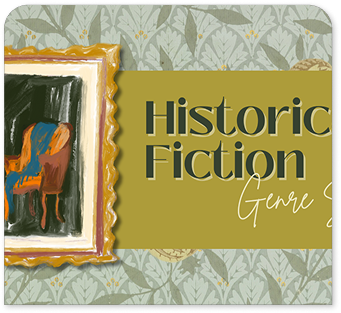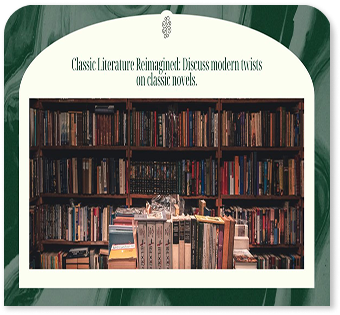-
Mon-Fri: 10AM to 8PM 01722665665
-
My Account
-
-
0
Total :
₹ 0.00

Modern Practical Physics Class 12th by Satish K. Gupta (Modern Publisher) is a CBSE & ISC-aligned lab manual covering essential experiments and activities. It includes resistivity determination, meter bridge, galvanometer conversions, focal length of lenses/mirrors, refractive index, and PN junction diode characteristics. With clear diagrams, step-by-step procedures, and error-reducing tips, this book ensures high scores in practical exams. Ideal for board exam preparation, it features multimeter activities, circuit assembly, and optical experiments. A must-have for Class 12 students seeking conceptual clarity and exam success.
Yes, it strictly follows the NCERT and board-prescribed practical syllabus for Class 12 Physics.
Yes, it covers formal experiments (with observations & calculations) and activities (hands-on learning tasks).
Absolutely, each experiment includes clear circuit diagrams for easy setup.
Yes, it provides detailed graph plotting instructions for accurate results.
Yes, it highlights common mistakes and corrective measures to minimize errors.
Yes, it includes forward and reverse bias I-V curve plotting for diodes.
Yes, it covers glass slab, prism, and water refractive index experiments with proper methodology.
Yes, it provides separate experiments for mirrors and lenses with graphical analysis.
Yes, it includes an activity to study LDR’s response to light intensity changes.
While primarily for board exams, it strengthens practical concepts useful for competitive exams.
Yes, it strictly follows the NCERT and board-prescribed practical syllabus for Class 12 Physics.
Yes, it covers formal experiments (with observations & calculations) and activities (hands-on learning tasks).
Absolutely, each experiment includes clear circuit diagrams for easy setup.
Yes, it provides detailed graph plotting instructions for accurate results.
Yes, it highlights common mistakes and corrective measures to minimize errors.
Yes, it includes forward and reverse bias I-V curve plotting for diodes.
Yes, it covers glass slab, prism, and water refractive index experiments with proper methodology.
Yes, it provides separate experiments for mirrors and lenses with graphical analysis.
Yes, it includes an activity to study LDR’s response to light intensity changes.
While primarily for board exams, it strengthens practical concepts useful for competitive exams.


